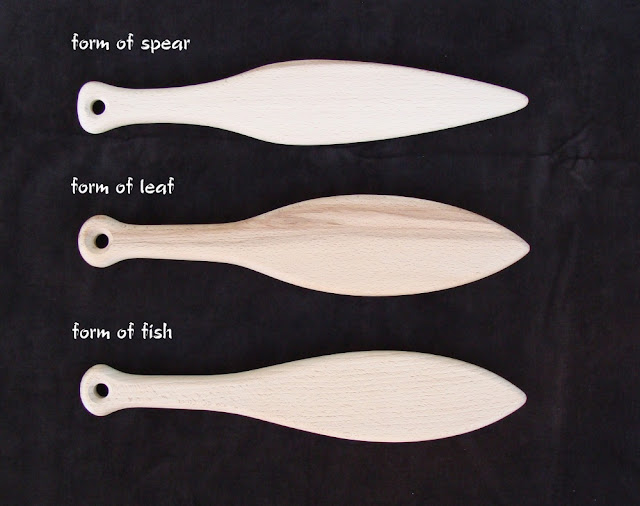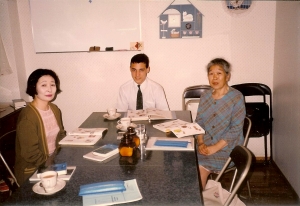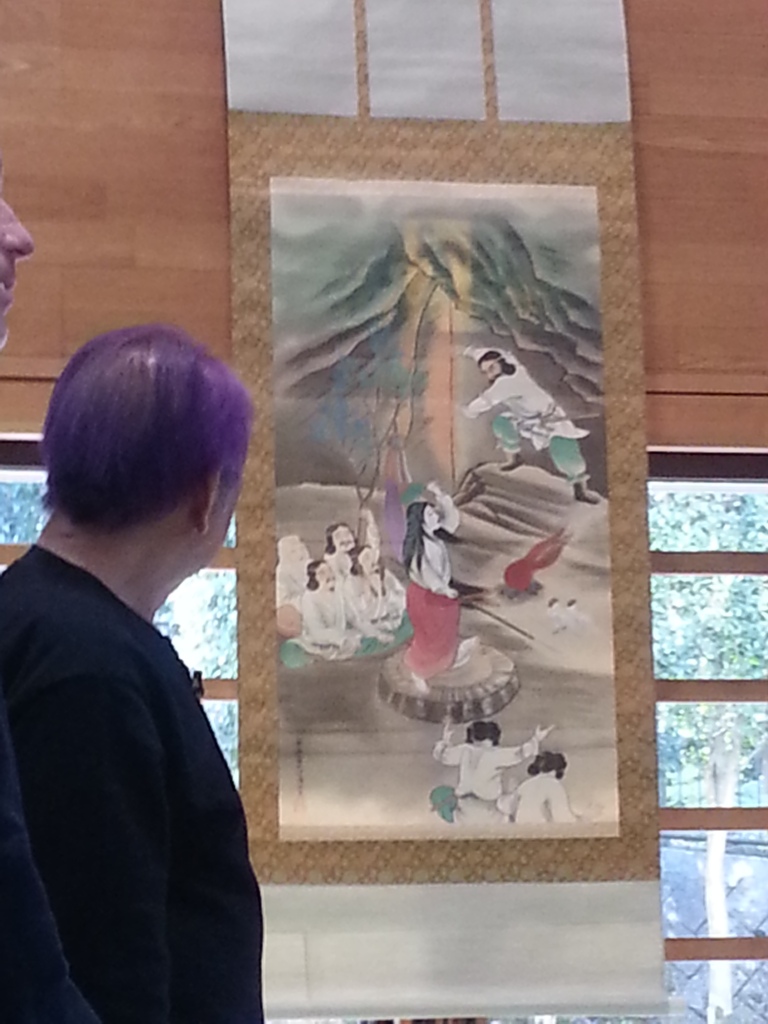From Bujinkan Santa Monica by Michael Glenn
 |
| Bujinkan Hombu 畳 Tatami photo by Michael Glenn |
That night on the tatami of the Honbu, Soke was giving us a deep lesson. He said that we should keep the past, present, and future connected. Allowing one to drive the next. This happens with or without our participation.
If you can get with the flow of this connection, then you may ride it to victory. But in order to flow and connect with it, you must be able to see it. What does it look like?
Maybe you've had the experience of looking at a newborn child. You see your parents and grandparents in his or her fresh face. You see yourself and your partner reflected there too. And you also see a newness that is in the process of becoming. A new person with a future life stretched out ahead. Of course you see how these are all connected. Maybe you think about how your parents must have studied your own baby face with the same wonder.
Some people would rather forget the past. They may propose a toast to say, 過去を忘れるために乾杯 Kako wo wasureru tameni kampai, Here's to forgetting the past! Or even something like, The past is vile, the present is barely tolerable, but there's hope for the future.
When Hatsumi Sensei teaches, each technique is like a newborn child. He teaches based on a kata or concept that has been passed down through the ages in a lineage he inherited. If you look carefully, you will see the imprints or DNA of this 過去 kako or past encoded in the movement. All of the Bujin, the past Soke, and the warriors who lived and died with our art are contained there. Hatsumi Sensei has told us this directly.
But you also may see Hatsumi Sensei's living expression of the art in the present. This 現在 genzai is vital. It is what allows the art to stay relevant. Truthfully, it is the only thing protecting you should you need to use the art in combat. Hatsumi Sensei has clearly stated that the way he teaches now is what matters. If you are not connected to this current training, you are studying a dead art.
If you are really connected and observe carefully, you may even bear witness to where the art is leading us. As you watch Hatsumi Sensei teach, there is a palpable experience that anything can happen. And it often does. As he follows the unbroken connection in each moment, you begin to glimpse the path ahead or the 未来 mirai in our training. The sense of wonder this gives me as a student is indescribable.
This explains why nothing Hatsumi Sensei teaches is ever the same way twice. You may have seen him do the same kata years ago and thought what he did was a definitive rendition of this kata. But then he will do it again, entirely different, and this version will feel like the definitive version. If you try to hold onto either technique, you will miss the point and be left behind.
That night in Hombu, some people debated what Soke meant by his statements. But I just took in the spectacle with enjoyment. Because Soke did not care.
He simply told us to take ample space. With the proper use of space the attacker is defeated. But you aren't using the space! You just allow for it, and many wonderful techniques are born.
So when you are in actual combat, if you can connect to the three aspects of 過去 kako, 現在 genzai and 未来 mirai, you may enter the world of 幽玄 yugen. Your opponent will be operating in the fog and you may float outside of his influence.









 Recently Hatsumi Sensei honored me by awarding me with a diploma of Shi Tennô.
Recently Hatsumi Sensei honored me by awarding me with a diploma of Shi Tennô.






